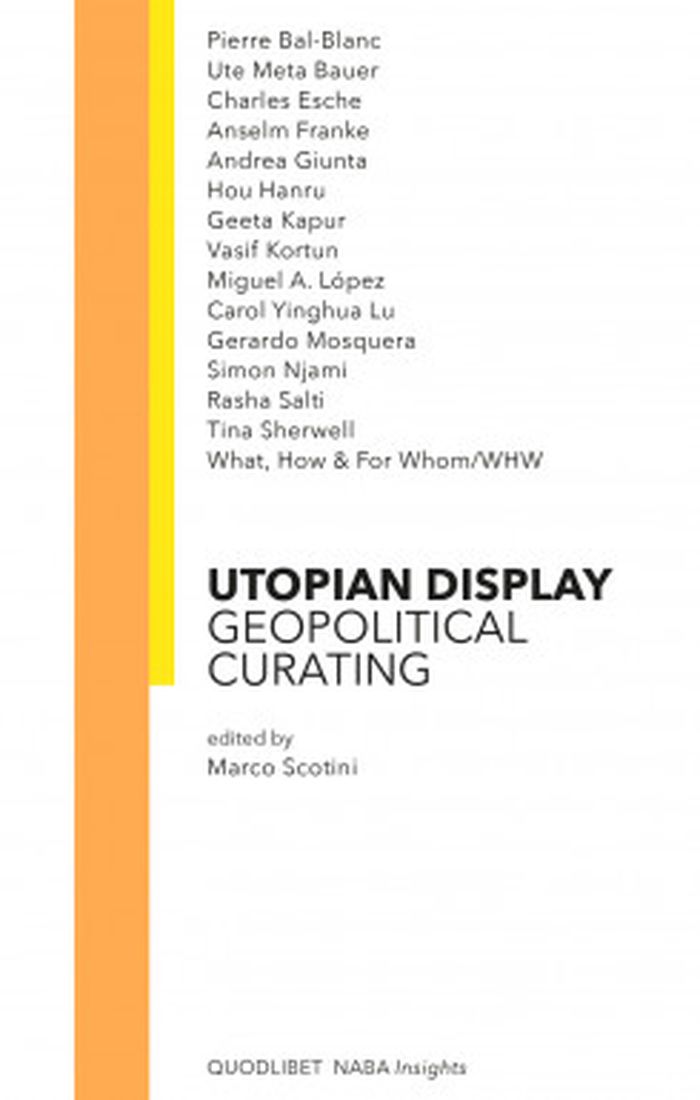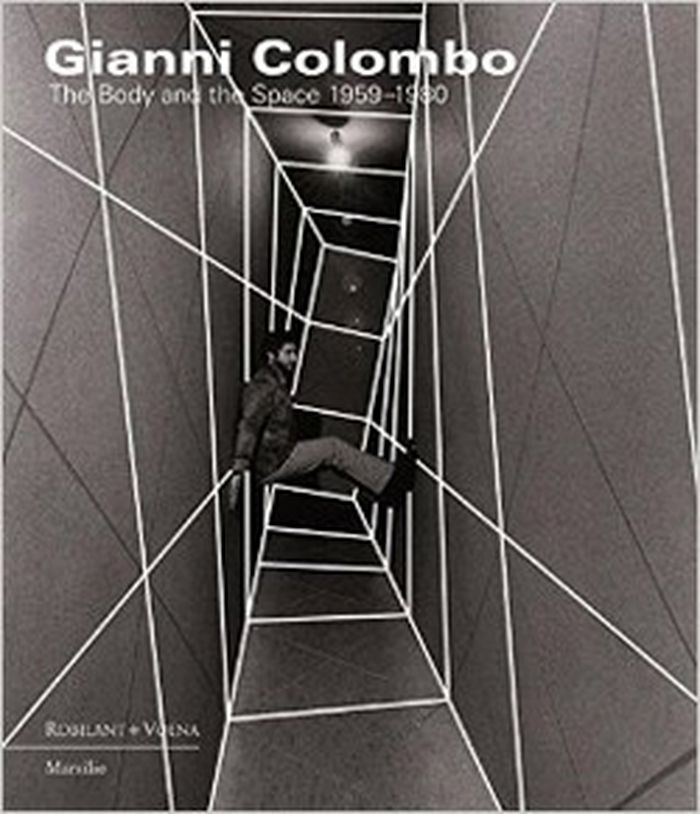$39.95
(available to order)
Summary:
''Utopian display, geopolitical curating'' brings together curatorial experiences that have matured over the past 30 years in various geopolitical contexts – from Africa to China, India to Latin America, and the Middle East to the post-Soviet regions. Featuring experimental voices in contemporary curatorial research, more than a dozen authors from different generations(...)
Utopian display, geopolitical curating
Actions:
Price:
$39.95
(available to order)
Summary:
''Utopian display, geopolitical curating'' brings together curatorial experiences that have matured over the past 30 years in various geopolitical contexts – from Africa to China, India to Latin America, and the Middle East to the post-Soviet regions. Featuring experimental voices in contemporary curatorial research, more than a dozen authors from different generations look with scepticism at both the effects of globalisation within today’s artistic scene and the latest premises of so-called de-globalisation. Because, despite everything, the current model of art continues to be very similar to that of an institution capable of determining the integration or exclusion of minorities as a majoritarian measure.
Museology
$60.00
(available in store)
Summary:
A pioneering figure in kinetic and programmed art, Gianni Colombo anticipated many of the themes in today’s contemporary art. This book covers Colombo’s artistic career from 1959-1980. Colombo’s practice aimed at overcoming the traditional notion of art as an object to contemplate, in order to create work that requires the active involvement of the viewer. From his(...)
Contemporary Art Monographs
February 2016
Gianni Colombo: the body and the space 1959-1980
Actions:
Price:
$60.00
(available in store)
Summary:
A pioneering figure in kinetic and programmed art, Gianni Colombo anticipated many of the themes in today’s contemporary art. This book covers Colombo’s artistic career from 1959-1980. Colombo’s practice aimed at overcoming the traditional notion of art as an object to contemplate, in order to create work that requires the active involvement of the viewer. From his tactile pieces and works in motion of the late 1950s, to his immersive light installations of the 1960, into his mature large-scale environments, he conceived art as the place for an experience which belongs to both the body and the mind. His investigation of space is led by this idea of changing the spectator’s conventional relationship with reality, both physically and psychically, encompassing also a broad dialogue with technology and architecture.
Contemporary Art Monographs

